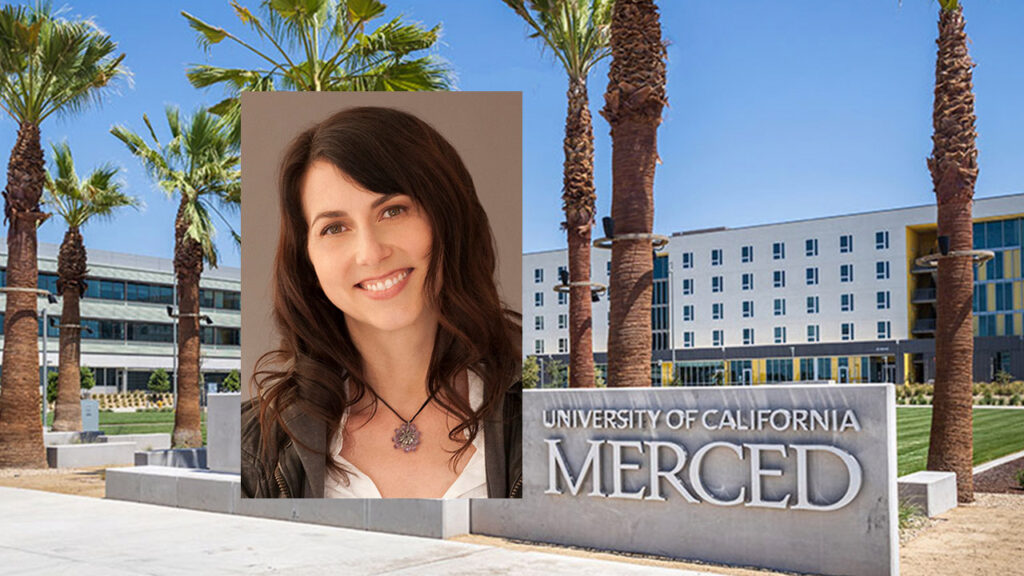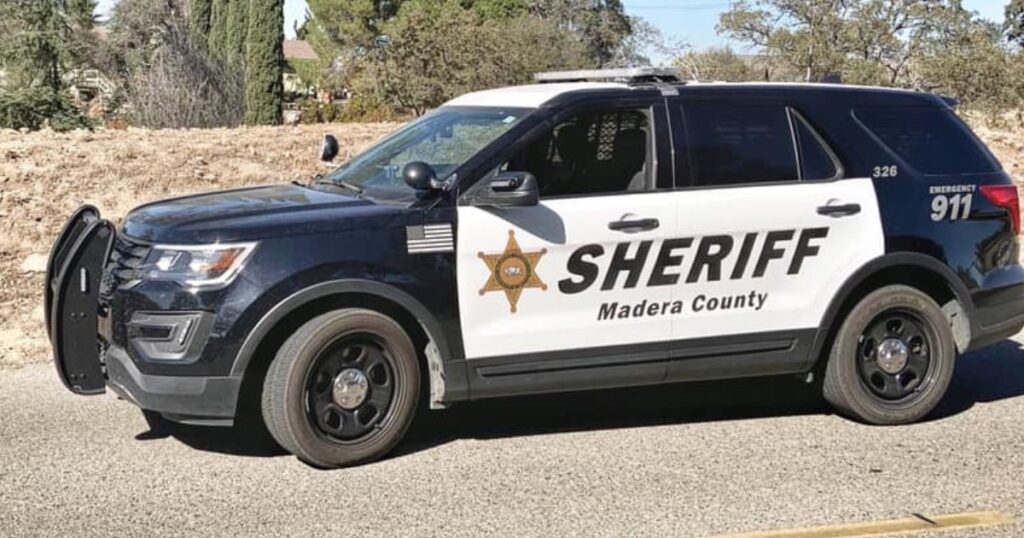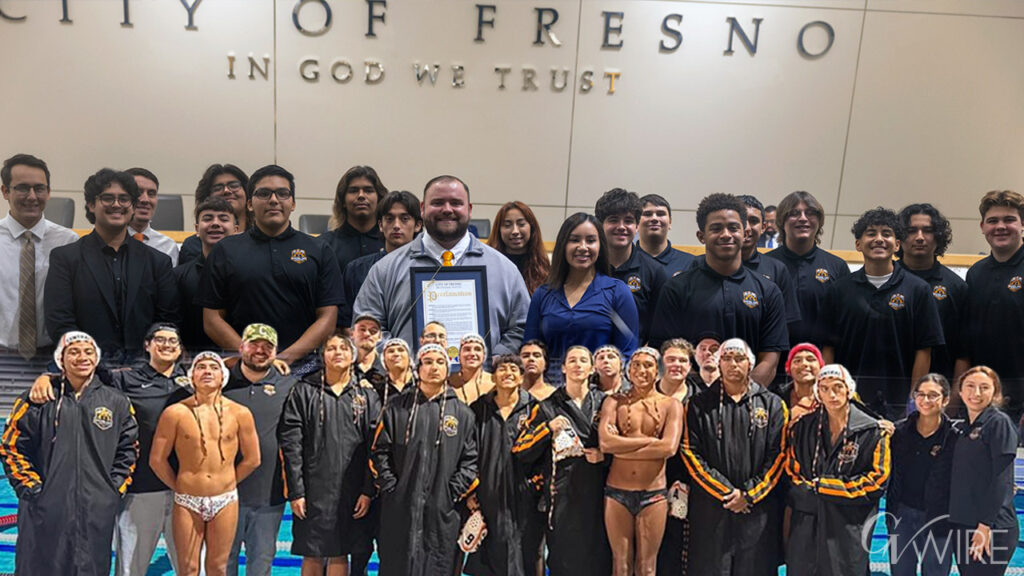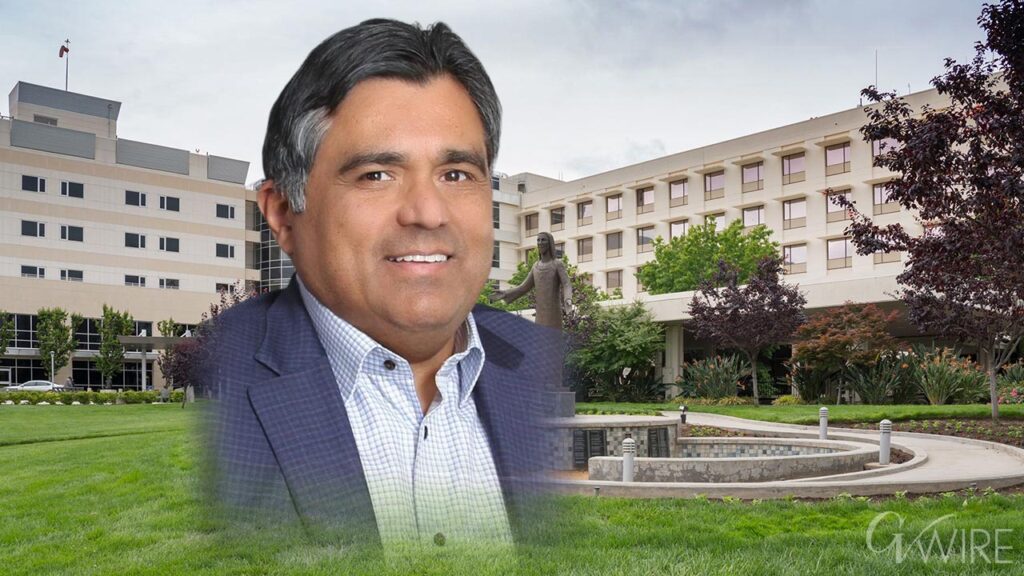Share
Anybody who has spent time at the Big Fresno Fair knows that the blue ribbon goes to the pie, quilt, tamale, or subtropical fruit deemed the best of the best. So when the U.S. Education Department hands out blue ribbons, those schools are special indeed.
This year’s crop of top schools included only one from the Valley — University High School. The school is one of only four high schools and two charters in California to be named Blue Ribbons Schools this year.
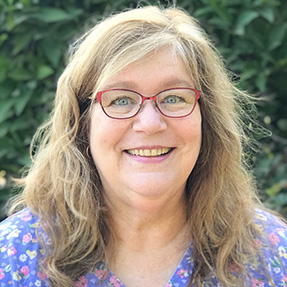
Check out my other School Zone columns at Nancy Price’s School Zone Facebook page.
University High, which sits on the Fresno State campus and is chartered by Fresno Unified School District, was recognized as a high-performing school, one of two categories in this year’s recognition program.
The National Blue Ribbon Schools program started in 1982 and recognizes public and private elementary and secondary schools for academic excellence, improvement, or for closing achievement gaps among student subgroups. No schools were recognized for improvement this year.
University High, with an enrollment of 474 students in grades 9 through 12, has a long history of superlative achievement. University was ranked by U.S. News & World Report this year as the 86th in the nation, 20th in national charter high schools, ninth in the state, and first in Fresno County.
It has been nearly the perennial winner of the small schools championship of the U.S. Academic Decathlon competition over the past two decades.
Superintendent/Principal Jeffie Esparza Hickman told GV Wire that she’s known about the Blue Ribbon award since summertime but had to remain silent until Tuesday’s announcement by the Education Department.
Also in School Zone:
- School bathrooms in jeopardy from stupid new Tik Tok trend.
- Madera College president is an Aspen New Presidents Fellow.
- Fresno State engineering prof wants to see more women on faculty, in classroom seats.
She’d gotten an email during the summer about the award ceremony on Nov. 4 and 5 in Washington, D.C. and the caution not to make travel arrangements quite yet. “As a new principal I wasn’t sure and I asked, ‘Does that mean we won the award?’ ” she recalled with a laugh.
Hickman, who previously served as the school’s vice principal, said she saw the Blue Ribbon application process as a good project to boost the spirits of school staffers during the pandemic when schools had to go online.
Why is University High Blue Ribbon-worthy? The curriculum is not easy — two years of Latin and four years of music are required, and unlike at other high schools, seniors carry as heavy of a course load as students in lower grades, Hickman said. That requires significant dedication and hard work from students as well as the staff who teach and support them, who are not tenured, and are evaluated every year.
While University High was previously criticized as not having a diverse student body, that’s no longer the case, Hickman said. Students are admitted via lottery, and the only requirement for entry is two years of music study. The school’s largest subgroup now is Asian students, followed by Hispanic and white students, she said.
A large number of University’s students have so-called “504 plans” to accommodate disability or special education needs. Unlike an individualized education plan, or IEP, that’s good only through high school, a 504 plan follows students through college, Hickman said.
“Our demographics have completely changed in the last eight years,” she said.
Tuesday’s announcement is not the first national Blue Ribbon for University High, which also was recognized in 2014.
But University High is not the region’s biggest Blue Ribbon winner — that honor goes to Fresno Unified’s Edison Computech Middle School, which got Blue Ribbon awards in 1990, 1994, 2001, 2009, and 2016.
Several schools across the region have been recognized three times: Fort Washington Elementary (Clovis Unified) in 1986, 1002, and 1999; R.J. Neutra Elementary (Lemoore, Central Union Elementary District), 1988, 1992, and 1999; Liberty Elementary (Clovis Unified), 1990, 1997, and 2019; and Manchester GATE Elementary (Fresno Unified), 2001, 2009, and 2015.
Schools Must Guard Toilets Against Tik Tok Trend
Tik Tok can be a force for good — think fun viral dances or skits — or a force for evil. Schools in the area and around the nation are starting to feel the impact of the app’s dark side with the arrival of “Vicious Licks,” a challenge to steal or vandalize school bathroom items.
Steal a soap dispenser? Check. Destroy a toilet? Check. Hey, isn’t vandalism FUN?
Not so much, says Kelly Avants, spokeswoman for Clovis Unified School District.
“We have seen a small increase in the number of vandalism incidents (mostly on our secondary campuses) involving things like soap dispensers, hand sanitizer, and plugged toilets,” she told GV Wire in an email Tuesday. “While nothing of high value, we are reiterating to our students and families the serious legal and school-related consequences that kids face when they deface or destroy property.”
Central Unified spokesman Gilbert Magallon said officials are keeping their eye out but so far there have been no Vicious Licks incidents in the district.
Fresno Unified did not respond to a request for comment.
Madera College President is Aspen Fellow
State Center Community College District’s newest college president has been selected for the 2021-22 class of the Aspen New Presidents Fellowship. And it’s a fairly elite group — Madera Community College President Dr. Ángel Reyna was one of only 25 selected.
The program, which is underwritten by JPMorgan Chase, is designed to help prepare the next generation of capable and diverse college leaders who will develop strategies to meet their goals for student success and equity.

“I understand from first-hand experience how education can change the trajectory of one’s life,” Reyna said in a news release. “I am passionate about building a college committed to students who have historically been underserved by colleges, such as students of color, students with disabilities, and students who are first in their families to go to college. Being selected for this program will help me refine my skills and better serve our community. I am honored to be selected.”
The Aspen Institute, headquartered in Washington, D.C., aims to advance higher education practices and leadership strategies to significantly improve student outcomes through its College Excellence Program. The program, which has a number of initiatives, works to improve colleges’ ability to teach and graduate students, especially those who are low-income or students of color.
Fresno State Engineering Prof Sees Gender Gap, Gets Grant to Close it
Fresno State professor Dr. Lalita Oka saw few women students taking classes in the university’s Civil and Geomatics Engineering Department and decided to do something about it.
Oka teamed up with Fresno State colleagues Dr. Kimberly Stillmaker and Dr. Arezoo Sadrinezhad to apply for a grant to increase women faculty in engineering — especially women of color — in an effort to attract more women to consider the field as students.
The $1.25 million, three-year grant from the National Science Foundation will be shared among Fresno State, Cal Poly San Luis Obispo, San Jose State, and Cal State Los Angeles. It has a three-pronged approach: collect data about faculty and analyze hiring, supporting and advancing faculty to achieve greater diversity; create a CSU-wide network for research collaboration with mini-grants to support network members; and establish a systemwide mentoring and peer support network.
In 2019, only 17% of tenured/tenure-track faculty in U.S. colleges of engineering were women, according to the American Society for Engineering Education. That percentage is significantly lower for Black and Latina women.
“This grant is significant in how it will transform our approach to supporting women professors in engineering,” Dr. Saúl Jiménez-Sandoval, president of Fresno State, said in a news release. “Through identifying the main challenging issues, we will strengthen opportunities and implement a holistic approach to encourage female students to pursue the field. Consequently, by expanding the scope of the grant beyond just one campus, we will leverage the combined power of the greater CSU system.”
Any benefits from the grant could impact not only Fresno State and the three other partner universities, but also up to 11 CSU campuses with engineering programs.






